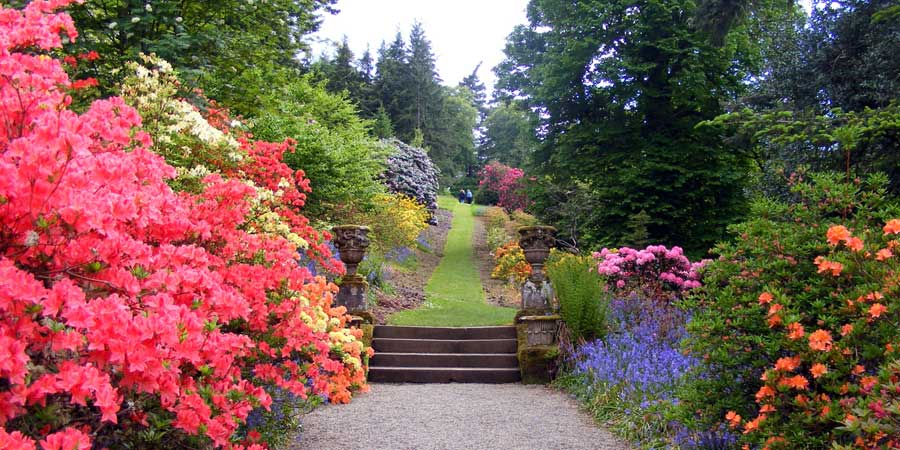Visual balance is an important aspect of garden design that can help create a cohesive and harmonious outdoor space. Achieving visual balance involves arranging plants, hardscaping, and other garden elements in a way that creates a sense of equilibrium and harmony. Here are some tips for creating visual balance in your garden:
- Use repetition: Repeating elements like plant types, colors, or hardscape materials throughout your garden can create a sense of unity and balance. For example, planting the same type of shrub or using the same color for paving stones can create a cohesive visual effect.
- Vary plant heights: Varying the heights of plants can help create a sense of depth and dimension in your garden. Taller plants can be used to create a sense of enclosure or define a space, while shorter plants can be used to add texture and interest.
- Consider the scale of your garden: The scale of your garden can also impact visual balance. Larger gardens may require more elements to achieve balance, while smaller gardens may need to be more minimalistic to avoid feeling cluttered or cramped.
- Create focal points: Focal points, like a statue, a water feature, or a particularly striking plant, can draw the eye and create a sense of balance in your garden. By creating a focal point, you can also help define the space and give your garden a sense of purpose.
- Pay attention to negative space: Negative space, or the empty areas between garden elements, can also impact visual balance. By carefully considering negative space, you can create a sense of flow and balance in your garden.
By incorporating these tips, you can create a garden that is visually balanced and harmonious, and that brings a sense of peace and tranquility to your outdoor space.


